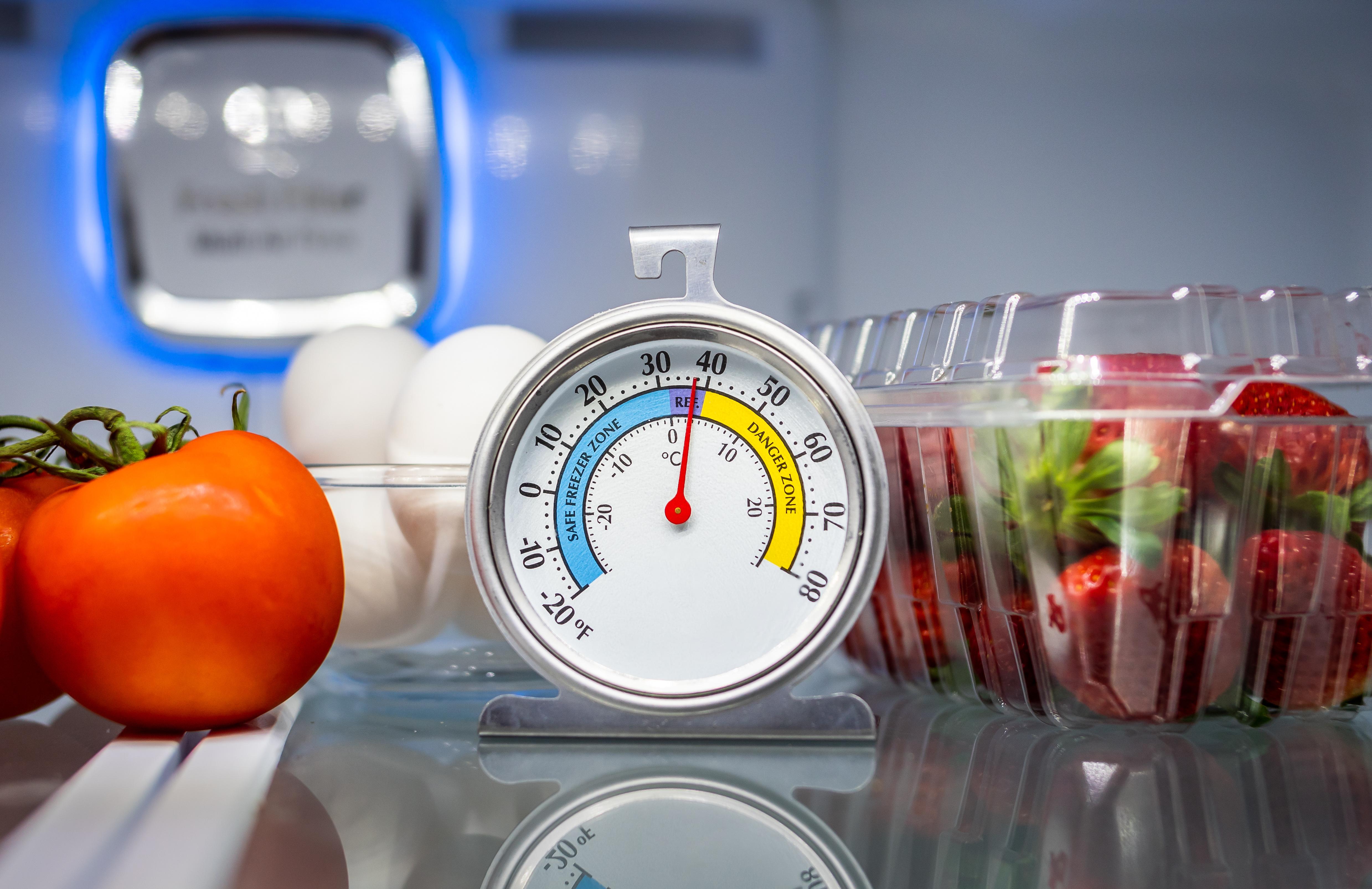

Articles
What Temperature Should My Refrigerator Be
Modified: February 27, 2024
Find out the ideal temperature for your refrigerator in this informative article. Keep your food fresh and safe with the right temperature settings.
(Many of the links in this article redirect to a specific reviewed product. Your purchase of these products through affiliate links helps to generate commission for Storables.com, at no extra cost. Learn more)
Introduction
Welcome to the world of refrigeration! Your refrigerator is an essential appliance in your kitchen, responsible for keeping your perishable food items fresh and safe to consume. While you may often take your refrigerator for granted, it is important to understand that maintaining the right temperature is crucial for its proper functioning and for preserving the quality and longevity of your food.
In this article, we will delve into the topic of refrigerator temperature, exploring the ideal temperature range, factors affecting temperature, and the importance of maintaining the correct temperature. We will also provide tips on how to adjust your refrigerator’s temperature and signs to watch out for indicating incorrect temperature settings. So, let’s dive in!
Key Takeaways:
- Maintaining the ideal refrigerator temperature between 35°F and 40°F is crucial for inhibiting bacterial growth, extending shelf life, and preserving the nutritional value of perishable items.
- Factors such as temperature control settings, location, and regular maintenance can impact refrigerator temperature, so it’s essential to monitor and adjust settings as needed.
Understanding Refrigerator Temperature
Refrigerator temperature refers to the level of coldness or coolness maintained inside the appliance. This temperature setting plays a vital role in preserving the freshness and edibility of the food items stored within. The functioning of a refrigerator involves a compressor, condenser, evaporator, and a thermostat, all of which work together to maintain the desired temperature.
Refrigerators typically have a temperature range between 35°F (1.7°C) and 40°F (4.4°C) for the main compartment. However, it’s important to note that the temperature can vary slightly depending on the model and brand of the refrigerator.
The main goal of setting the right refrigerator temperature is to inhibit the growth of bacteria, mold, and other microorganisms that can spoil food or pose a health risk. Cooler temperatures slow down the spoilage process, keeping your food fresh and safe for consumption for a longer period of time.
It is worth mentioning that refrigerators also have a separate compartment called the freezer, which is responsible for storing frozen food items. The temperature range for the freezer is much lower, typically set between 0°F (-17.8°C) and 5°F (-15°C). This low temperature prevents the development of bacteria and preserves the quality of frozen food.
Properly understanding and managing refrigerator temperature is essential for ensuring food safety, minimizing waste, and optimizing the lifespan of your refrigerator.
Factors Affecting Refrigerator Temperature
Several factors can affect the temperature inside your refrigerator. Understanding these factors can help you maintain the optimal temperature and ensure the freshness of your food.
- Temperature Control Settings: The most obvious factor affecting refrigerator temperature is the setting on the temperature control dial or panel. This control allows you to adjust the temperature to your desired level. It is important to set the temperature according to the recommended range to ensure food safety.
- Location: The positioning of your refrigerator within your home can impact its temperature. Placing it near a heat source, such as a stove or direct sunlight, can cause the temperature to rise. It is advisable to keep your refrigerator in a cool and well-ventilated area for optimal performance.
- Frequency of Door Opening: Every time you open the refrigerator door, warm air enters the unit. This influx of warm air can cause the temperature inside to rise temporarily. To maintain a consistent temperature, minimize the frequency and duration of door openings.
- Food Placement: The way you arrange food items inside your refrigerator can impact its temperature. Properly organizing your food can ensure adequate air circulation and prevent any hotspots. Avoid overcrowding the shelves and allow enough space for the air to flow freely.
- Dusty Condenser Coils: Dust and debris can accumulate on the condenser coils at the back or underneath your refrigerator. This buildup can hinder heat dissipation, causing the unit to work harder and potentially affect the temperature. Regularly cleaning the condenser coils is essential to maintain efficient cooling.
- Malfunctioning Thermostat or Seals: A faulty thermostat or worn-out door seals can lead to temperature fluctuations or loss of cold air. If you notice consistent temperature issues or a buildup of frost in the freezer, it may be a sign of a malfunctioning component that needs to be repaired or replaced.
By considering these factors and taking the necessary precautions, you can ensure that your refrigerator maintains the optimal temperature for the safe storage of your food.
Ideal Temperature Range for Refrigerators
When it comes to refrigerators, maintaining the correct temperature range is key to keeping your food fresh and safe. The ideal temperature range for refrigerators is between 35°F (1.7°C) and 40°F (4.4°C). This range strikes a balance between preventing bacterial growth and preserving the quality of your food.
Setting your refrigerator temperature within this range helps slow down the spoilage process and extends the shelf life of your perishable items. Higher temperatures can encourage bacterial growth, leading to foodborne illnesses, while lower temperatures can cause freezing or damage to certain food items.
For the freezer compartment, the ideal temperature range is typically between 0°F (-17.8°C) and 5°F (-15°C). This low temperature inhibits the growth of bacteria and preserves the texture, flavor, and nutritional value of frozen foods.
It’s important to note that these temperature ranges are general guidelines, and optimal settings may vary depending on the make and model of your refrigerator. To be certain, consult the owner’s manual or reach out to the manufacturer for specific temperature recommendations.
Additionally, if you have a refrigerator with multiple compartments or zones, such as a crisper drawer or meat storage section, these areas may have specific temperature settings designed to optimize food preservation. Familiarize yourself with these settings and adjust them accordingly to maximize the freshness and longevity of your food.
Remember, maintaining the ideal temperature range in your refrigerator is crucial for food safety and quality. Regularly check the temperature with a refrigerator thermometer to ensure that it remains within the recommended range and make adjustments as necessary.
Importance of Proper Refrigerator Temperature
Proper refrigerator temperature is not just a matter of personal preference; it plays a critical role in ensuring food safety and maintaining the quality of your perishable items. Here are some key reasons why maintaining the correct refrigerator temperature is important:
- Food Safety: The primary purpose of refrigeration is to inhibit the growth of harmful bacteria and microorganisms that can cause foodborne illnesses. Maintaining the ideal temperature range in your refrigerator slows down the growth of bacteria, reducing the risk of food poisoning and keeping your family safe.
- Prolonged Shelf Life: The right temperature helps extend the shelf life of your food items. Cold temperatures slow down the natural spoilage process, giving you more time to consume perishable items before they go bad. This is especially important for delicate foods like dairy products, meats, and seafood.
- Preservation of Nutritional Value: Certain vitamins and nutrients in food can deteriorate when exposed to temperature extremes. By maintaining the proper refrigerator temperature, you can help preserve the nutritional value of your fruits, vegetables, and other perishables, ensuring that you receive their full health benefits.
- Prevention of Food Waste: Incorrect temperature settings can lead to food spoilage and waste. When your refrigerator is too warm, food can go bad quickly, and you may need to discard items that are no longer safe to consume. Maintaining the right temperature helps reduce food waste and saves you money.
- Optimal Taste and Quality: Many food items, such as beverages, condiments, and leftovers, can lose their flavor and quality if stored at improper temperatures. By keeping your refrigerator at the correct temperature, you can ensure that your food retains its taste, texture, and overall quality for a longer period of time.
- Energy Efficiency: When your refrigerator is set at the correct temperature, it can operate efficiently, consuming less energy. This not only reduces your overall energy bills but also benefits the environment by minimizing your carbon footprint.
By understanding the importance of proper refrigerator temperature and taking steps to maintain it, you can ensure food safety, prevent waste, and preserve the quality of your perishable items. Regularly monitor and adjust the temperature settings as needed to reap these benefits.
Keep your refrigerator temperature between 35-38°F (1.6-3.3°C) to ensure food safety and freshness. Use a refrigerator thermometer to monitor and adjust as needed.
Tips for Maintaining Optimal Refrigerator Temperature
Keeping your refrigerator at the optimal temperature is essential for food safety and preserving the quality of your perishable items. Here are some tips to help you maintain the ideal temperature range in your refrigerator:
- Set the Right Temperature: Start by setting your refrigerator temperature between 35°F (1.7°C) and 40°F (4.4°C). Use a refrigerator thermometer to check and adjust the temperature as needed.
- Avoid Overcrowding: Overloading your refrigerator can obstruct airflow and prevent proper cooling. Arrange items in a way that allows for good circulation and avoid blocking vents.
- Keep the Door Closed: Every time you open the refrigerator door, cold air escapes and warm air enters, causing the temperature inside to rise. Minimize the frequency and duration of door openings to maintain a consistent temperature.
- Check Door Seals: Damaged or worn-out door seals can result in temperature fluctuations. Regularly inspect the seals and ensure they are clean, free from debris, and tightly sealed to prevent air leaks.
- Monitor the Temperature: Use a refrigerator thermometer to regularly check the temperature and ensure it remains within the recommended range. This will help you identify any issues and make necessary adjustments.
- Clean the Condenser Coils: Dust and debris can accumulate on the condenser coils, hindering proper heat dissipation and impacting the refrigerator’s cooling efficiency. Clean the coils periodically to maintain optimal performance.
- Avoid Temperature Fluctuations: Ensure that the refrigerator is not exposed to extreme temperatures or placed near heat sources such as stoves, ovens, or direct sunlight. This can cause temperature fluctuations and affect the overall performance of the appliance.
- Do Not Store Hot Food: Allow cooked food to cool down to room temperature before placing it in the refrigerator. Storing hot food can raise the internal temperature of the refrigerator, compromising the safety and quality of other items.
- Regularly Clean and Organize: Clean spills promptly and keep the refrigerator clean to prevent the growth of bacteria. Organize the contents to avoid cross-contamination and ensure proper airflow.
- Utilize Crisper Drawers: Utilize the designated drawers in your refrigerator for storing fruits, vegetables, and other items that require specific humidity levels. Adjust the sliders on the drawers as needed to optimize freshness and prolong shelf life.
By following these tips and implementing good habits when it comes to refrigerator usage and maintenance, you can ensure that your refrigerator operates at an optimal temperature, preserving the freshness and quality of your food items.
Signs of Incorrect Refrigerator Temperature
It’s important to regularly monitor the temperature in your refrigerator to ensure that it remains within the recommended range. Here are some signs that indicate your refrigerator temperature may be incorrect:
- Frozen or Spoiled Food: If you notice that your food is freezing or spoiling before its expiration date, it could be a sign that the refrigerator temperature is too low or too high.
- Ice Buildup: Excessive frost or ice buildup on the walls or coils of the refrigerator can indicate a temperature imbalance. This buildup can restrict airflow and affect the cooling efficiency of the unit.
- Unpleasant Odors: A strong, unpleasant odor coming from your refrigerator can be a sign of improper temperature. Higher temperatures can cause food to spoil quickly, leading to foul odors throughout the unit.
- Condensation: Excessive condensation or water droplets forming on the walls or shelves of your refrigerator can indicate temperature fluctuations. This can lead to moisture accumulation and potentially affect the freshness of your food.
- Softened Ice Cream: If your ice cream is too soft or mushy, it could be an indication that the freezer temperature is not cold enough. Freezer temperature should be set between 0°F (-17.8°C) and 5°F (-15°C) to properly freeze and preserve frozen items.
- Inconsistent Cooling: If you notice that some areas of your refrigerator are significantly colder or warmer than others, it could indicate uneven temperature distribution. This can be caused by blocked vents or malfunctioning components.
- Increased Energy Consumption: A sudden increase in your refrigerator’s energy consumption can be a sign that the unit is working harder to maintain the desired temperature. This could be due to factors such as poor insulation or incorrect temperature settings.
- Noise or Continuous Running: If your refrigerator seems to be running constantly or making unusual noises, it could indicate that the temperature is not being properly regulated. This might require attention from a professional to diagnose and resolve the issue.
If you notice any of these signs, it is important to investigate and address them promptly. Proper refrigerator temperature is crucial for food safety and maintaining the quality of your perishable items. Consider adjusting the temperature settings or seeking professional assistance if necessary.
How to Adjust Refrigerator Temperature
Adjusting the temperature of your refrigerator is a straightforward process that can help you maintain the optimal temperature for the safe storage of your food. Here are the steps to adjust the temperature:
- Locate the Temperature Control: Depending on the model of your refrigerator, the temperature control may be located inside the refrigerator compartment, on the front control panel, or at the back of the unit.
- Refer to the User Manual: To adjust the temperature accurately, refer to the user manual that came with your refrigerator. The manual will provide specific instructions and recommendations for your particular model.
- Access the Control: If the temperature control is located inside the refrigerator, open the door and look for a dial or digital display. If it is on the front control panel, press the appropriate buttons to access the temperature settings.
- Adjust the Temperature: Use the dial or buttons to adjust the temperature to the desired level. Turn the dial clockwise to lower the temperature or counterclockwise to raise it. On a digital display, use the up and down buttons or touchscreen to make the adjustments.
- Observe and Monitor: After making the adjustments, close the refrigerator door and allow some time for the temperature to stabilize. Use a refrigerator thermometer to check the temperature and ensure it is within the recommended range.
- Make Further Adjustments if Needed: If the temperature is still not at the desired level, you may need to make additional adjustments. Consult the user manual for instructions on fine-tuning the temperature settings of your specific refrigerator model.
- Regularly Check and Readjust: It is important to regularly monitor the temperature of your refrigerator using a thermometer. Fluctuations in room temperature, changes in food quantities, or issues with the refrigerator’s components can affect the temperature. Readjust the temperature as necessary to maintain optimal conditions.
- Consider External Factors: Remember that factors like the location of your refrigerator, door openings, and proper ventilation can also impact the temperature inside. Keep these factors in mind and take necessary steps to minimize their effect on the temperature.
By following these steps and being diligent in monitoring and adjusting the temperature as needed, you can ensure that your refrigerator maintains the ideal temperature for food safety and quality.
Conclusion
Maintaining the optimal temperature in your refrigerator is crucial for keeping your food fresh, safe, and enjoyable. By understanding the importance of proper refrigerator temperature and implementing the necessary steps, you can ensure the longevity and quality of your perishable items.
We have explored the ideal temperature range for refrigerators, which typically falls between 35°F (1.7°C) and 40°F (4.4°C) for the main compartment, and 0°F (-17.8°C) and 5°F (-15°C) for the freezer. Within these temperature ranges, you can slow down bacterial growth, extend shelf life, and preserve the nutritional value of your food.
Factors such as temperature control settings, location, food placement, and regular maintenance of the refrigerator can all affect the temperature inside. By paying attention to these factors and making necessary adjustments, you can ensure consistent and optimal cooling performance.
Keeping an eye out for signs of incorrect refrigerator temperature, such as frozen or spoiled food, excessive condensation, or unusual odors, can help you identify potential issues and take corrective action. Regularly monitoring the temperature with a reliable thermometer is essential for maintaining the desired range.
Adjusting the refrigerator temperature is a straightforward process, typically done through the temperature control dial or panel accessible on the refrigerator itself. Following the specific instructions outlined in the user manual for your refrigerator model will ensure accurate temperature adjustments.
Remember to regularly clean and organize your refrigerator, check the condition of door seals, and clean the condenser coils to maintain the efficiency and performance of your appliance.
In conclusion, proper refrigerator temperature is vital for food safety, preventing waste, preserving nutritional value, and optimizing taste and quality. By implementing the tips and techniques discussed in this article, you can enjoy the benefits of a well-regulated refrigerator that keeps your food fresh, safe, and delicious for an extended period of time.
Frequently Asked Questions about What Temperature Should My Refrigerator Be
Was this page helpful?
At Storables.com, we guarantee accurate and reliable information. Our content, validated by Expert Board Contributors, is crafted following stringent Editorial Policies. We're committed to providing you with well-researched, expert-backed insights for all your informational needs.
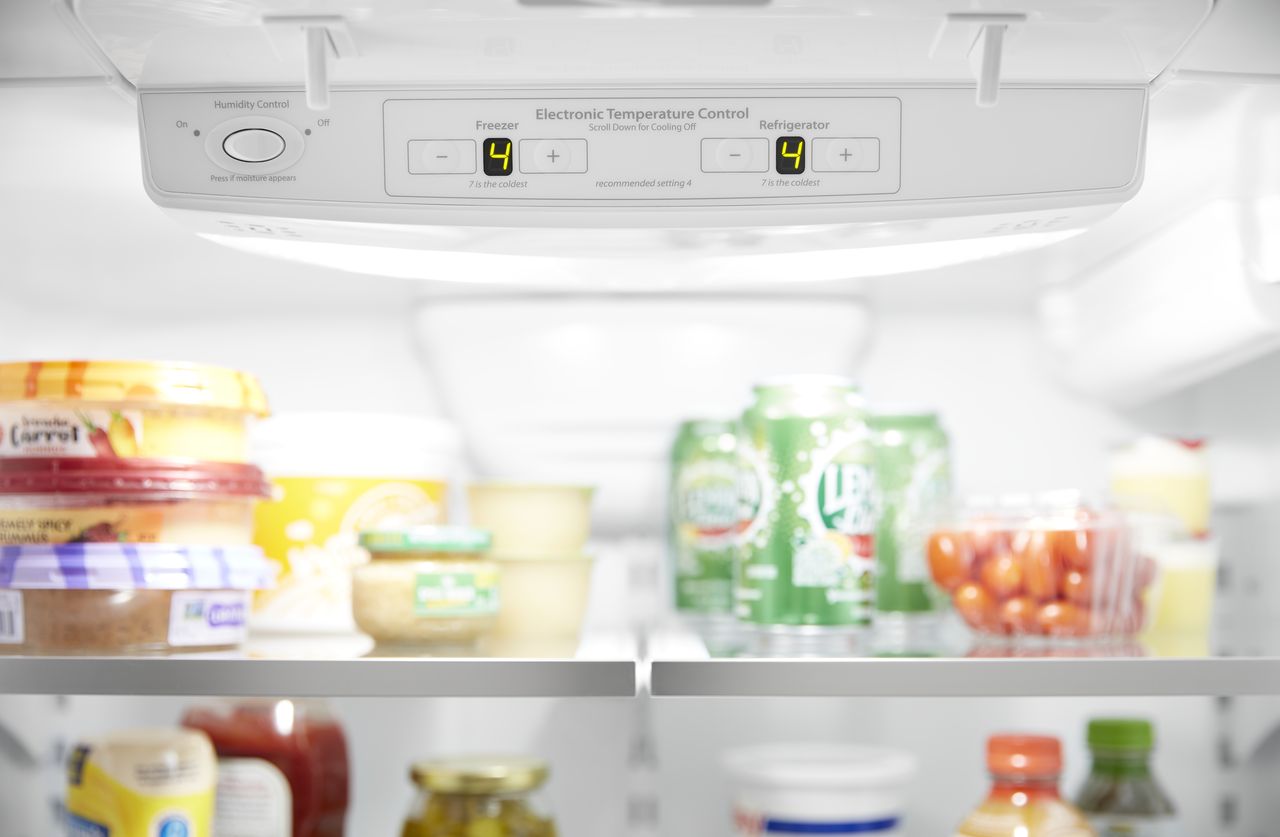
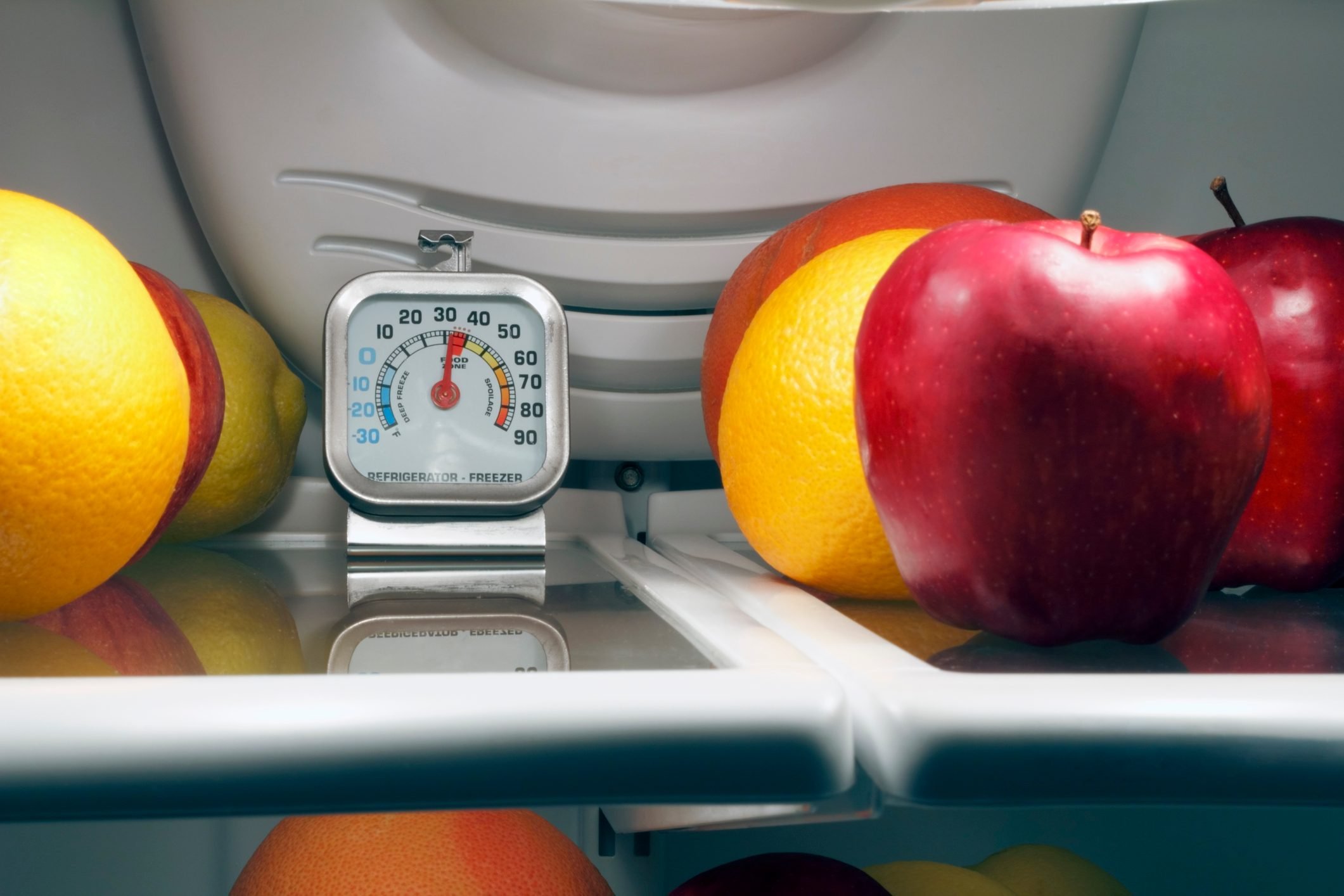

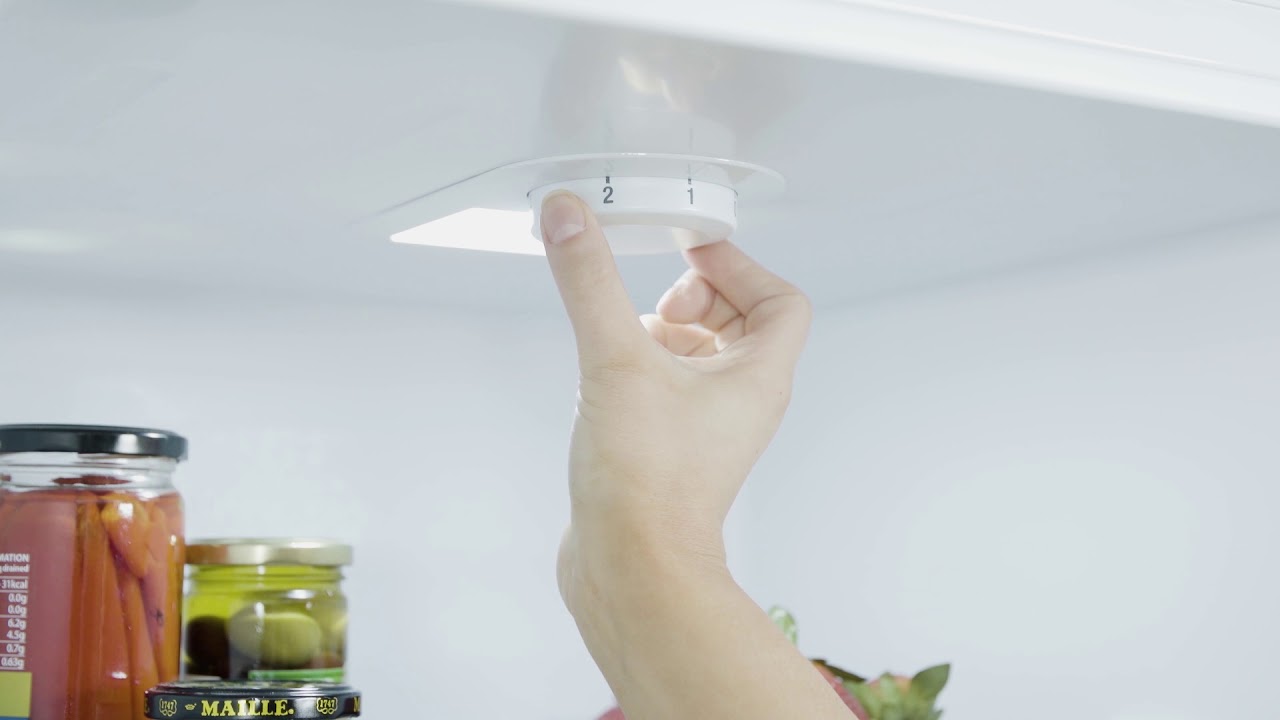
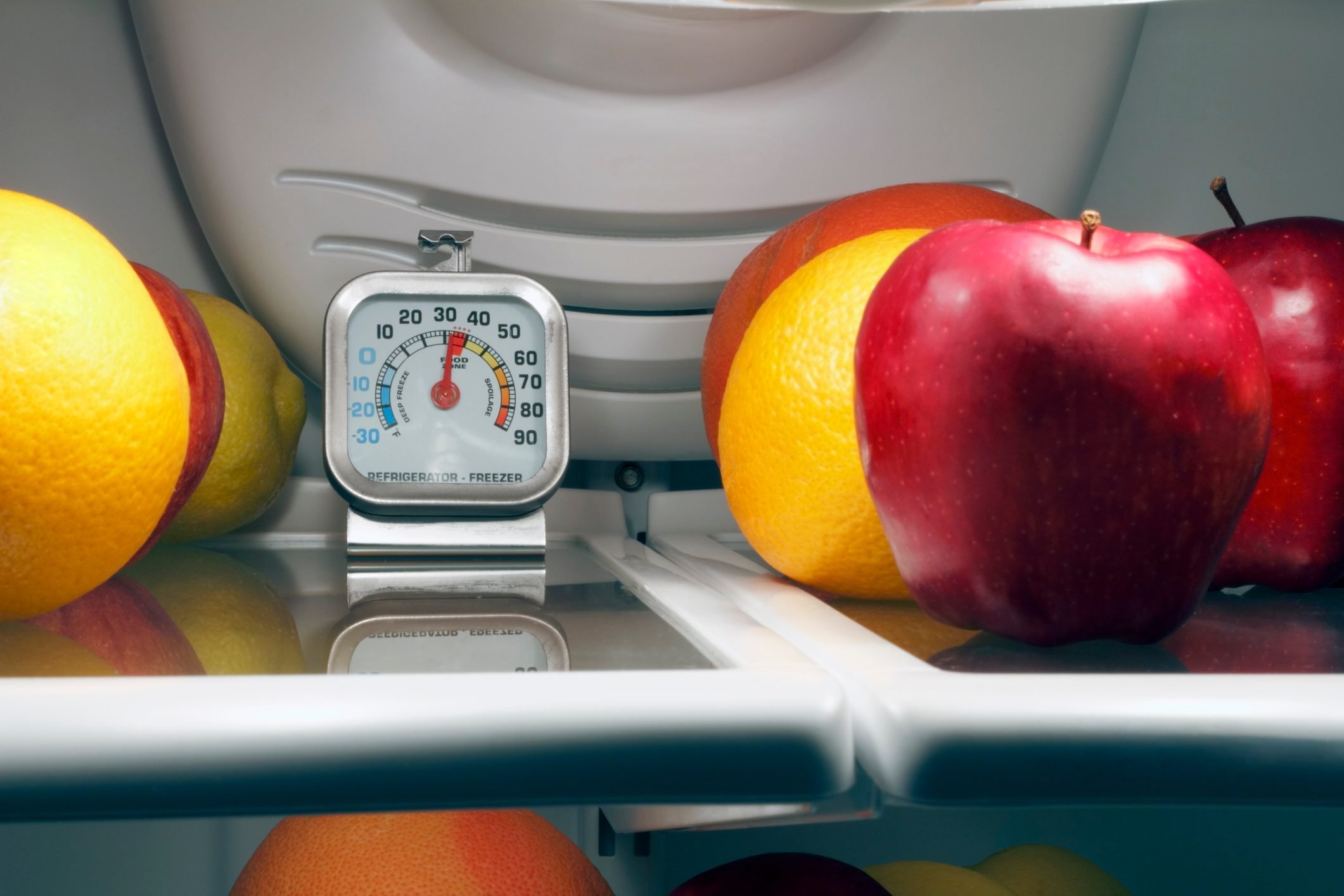
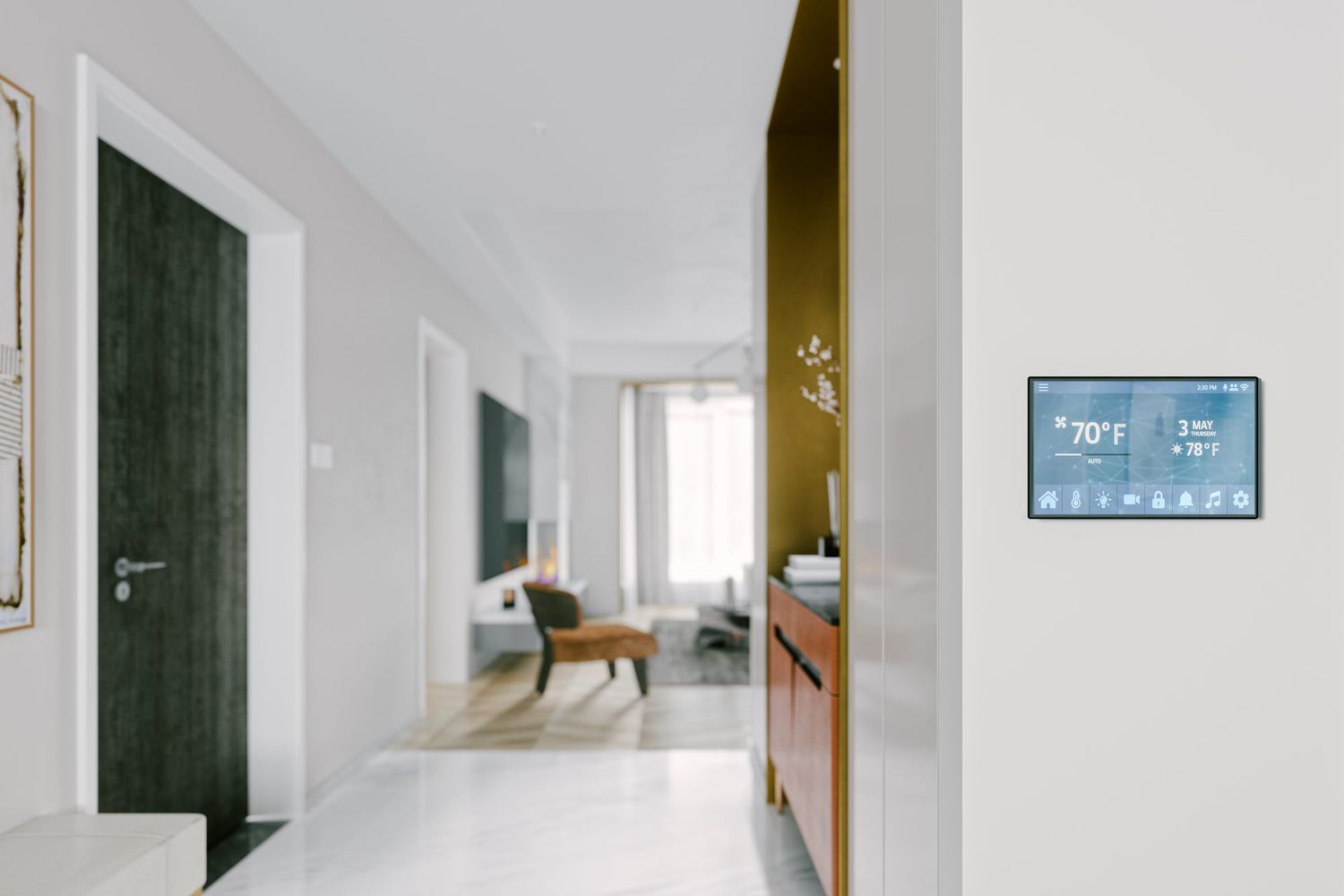
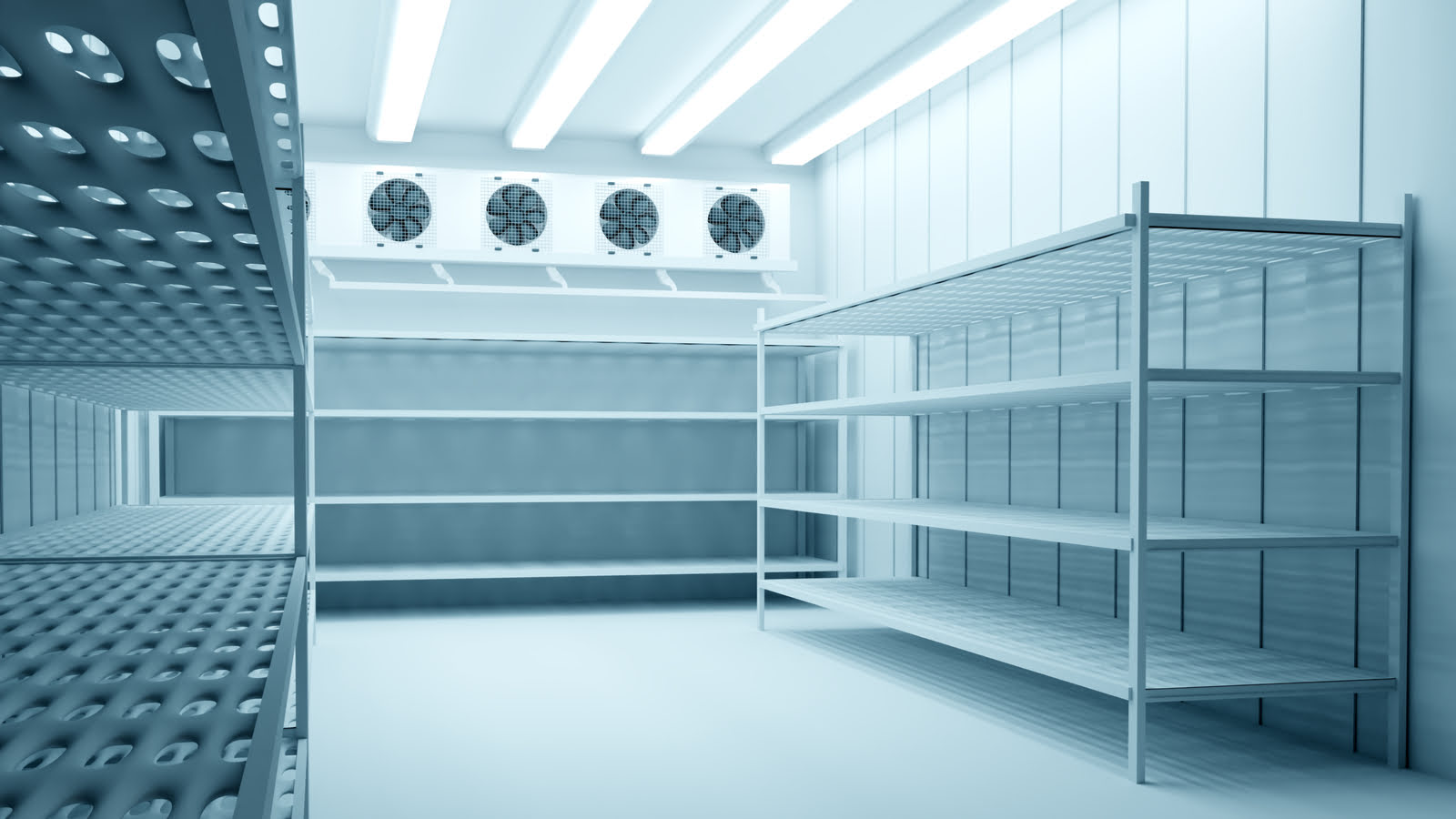

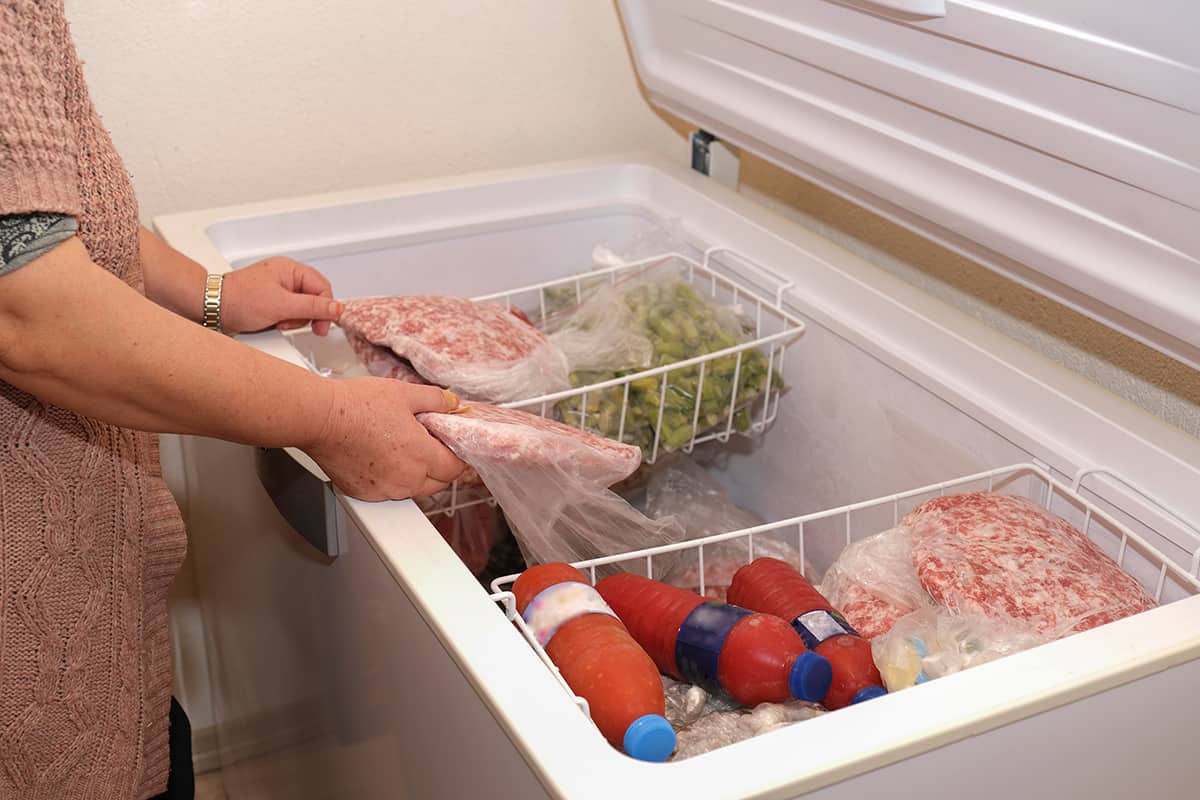
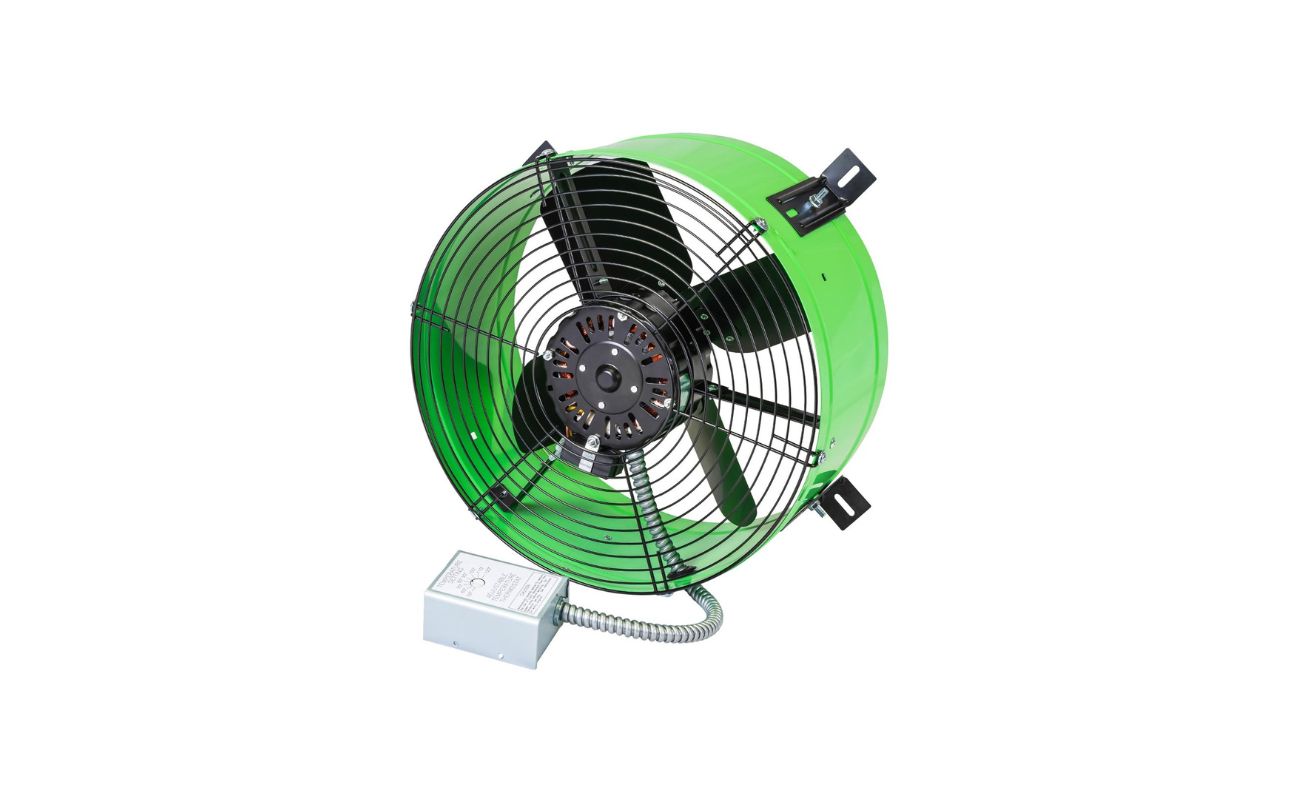
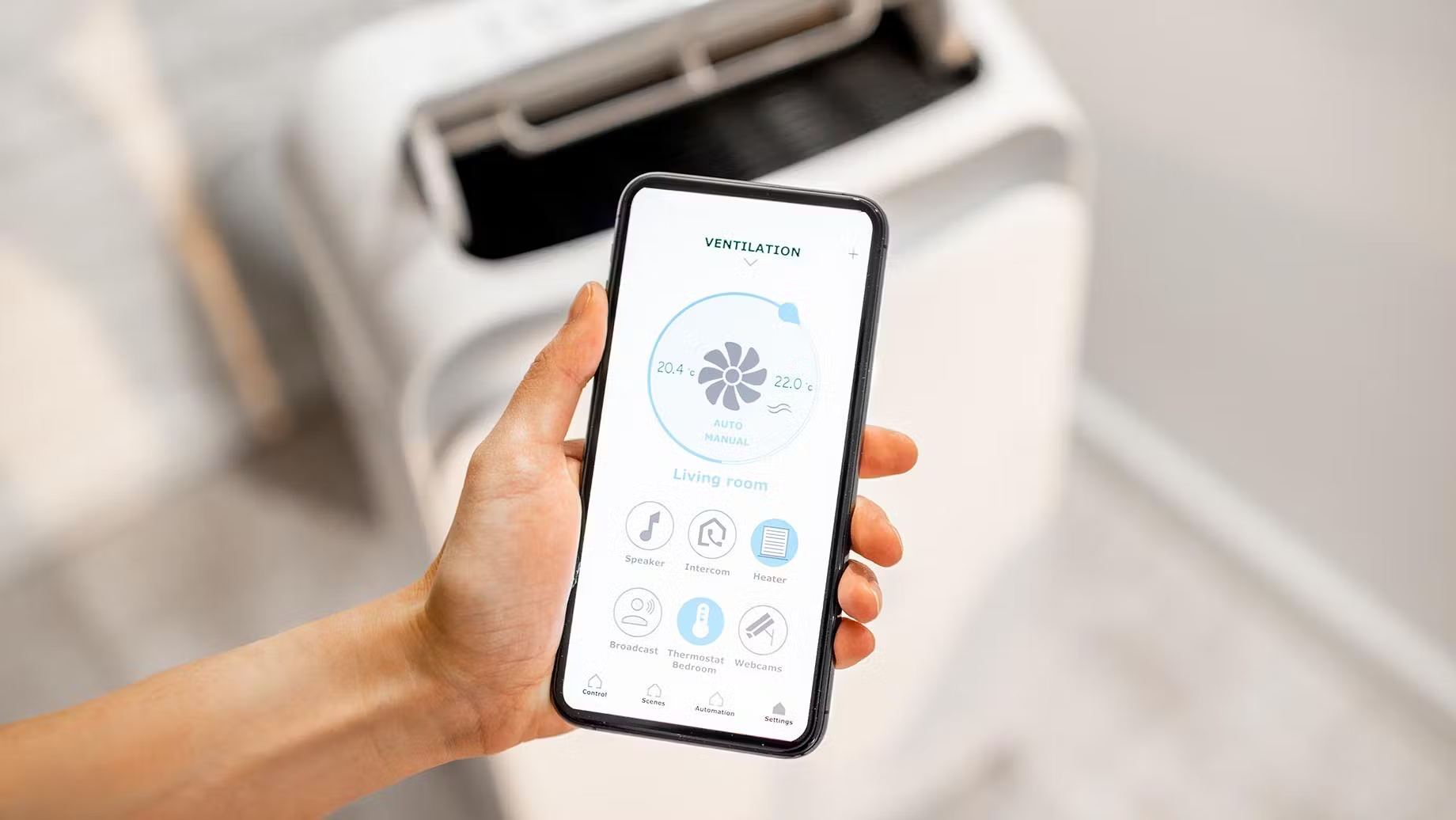

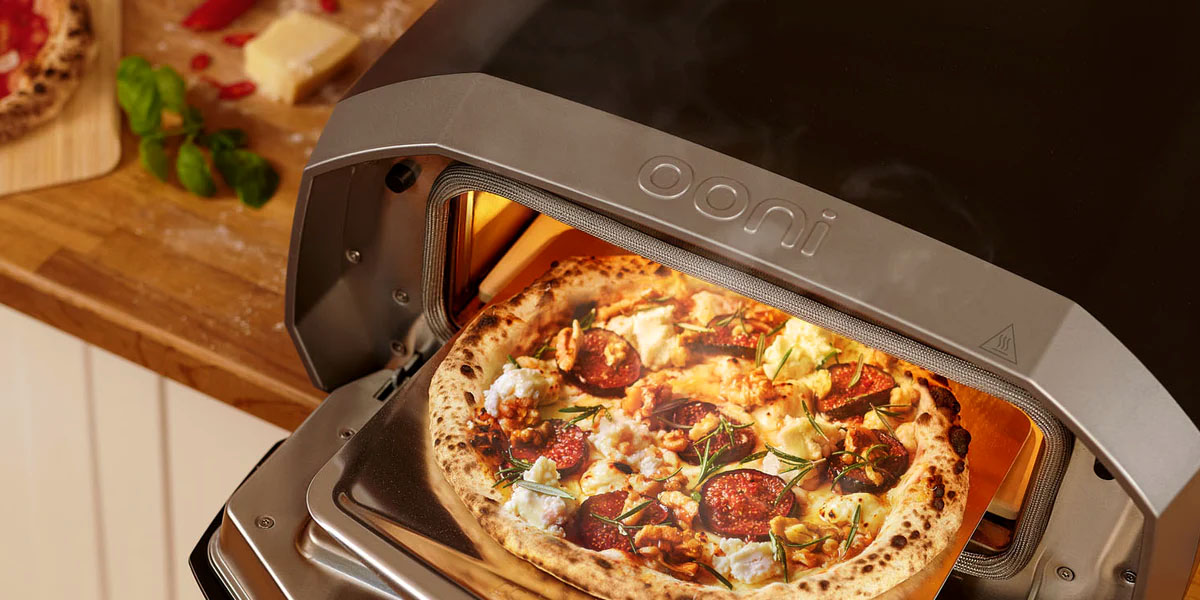
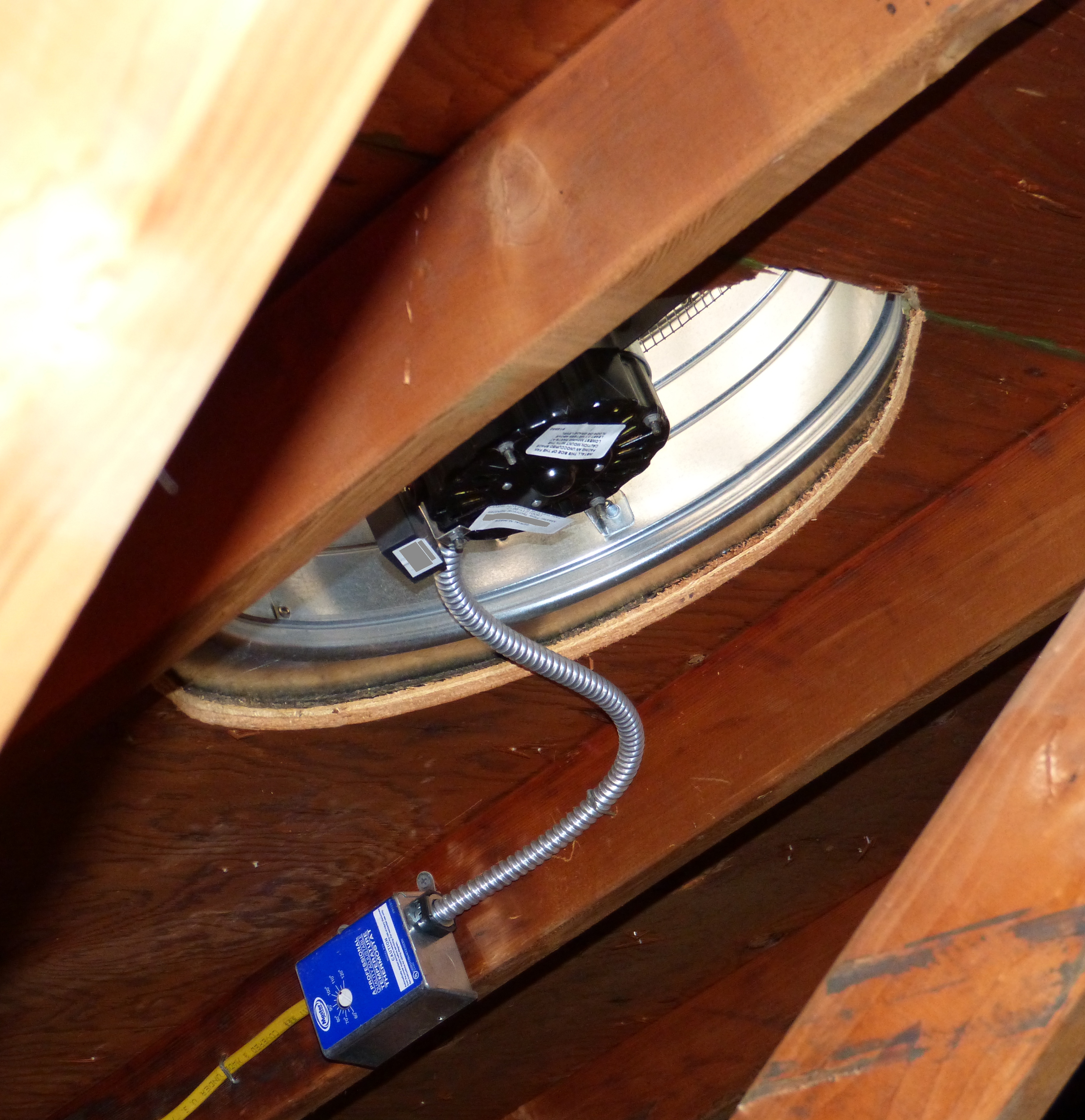

0 thoughts on “What Temperature Should My Refrigerator Be”